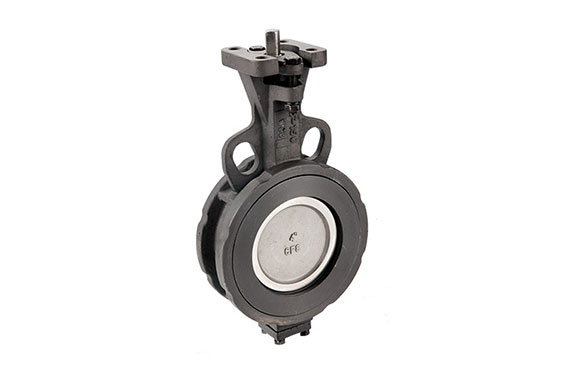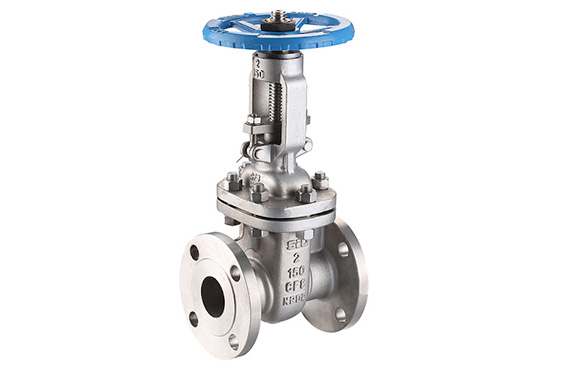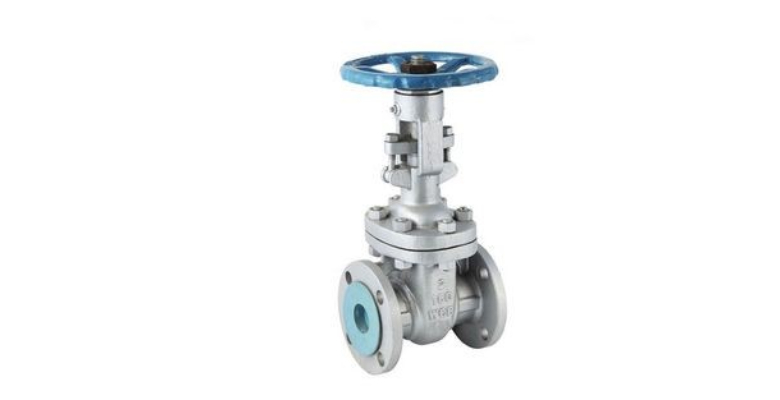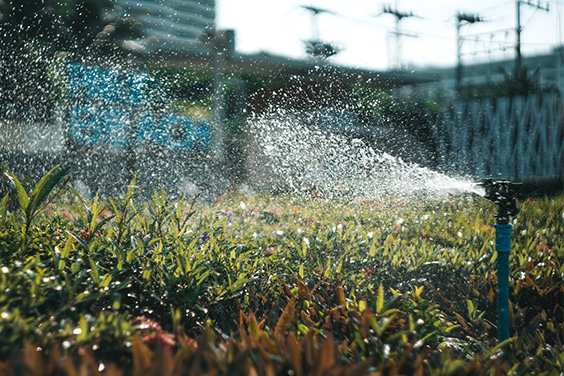One of the most popular types of valves used in industrial applications is the globe valve. Both provide significant contributions to any industrial services. These valves have similar looks, yet they have different functions.
They offer a variety of helpful services that are unique from one another. Despite looking alike, they perform in various ways. You can understand these distinctions better by contrasting these two. The globe valve and the gate valve look quite similar, and since both valves serve as shut-off devices in pipelines, people frequently wonder how they differ from one another. In today’s blog post, we will discuss these differences.
What is Globe Valve?
A globe valve controls a pipeline‘s flow. The movement of liquid or gas via a pipe is managed or stopped using it. The linear motion valve family also includes the globe valve. Its duties include controlling the flow of media as well as halting and starting it. The globe valve offers a tight seal with fewer chances of leaking thanks to its design.
The globe valve is fittingly called after the globe because of its conventional body form. Modern globe valves, however, might be able to fit different body types. A disc that resembles a plug regulates the flow of media.
Since the gate valve’s seats are parallel to the media flow, there is less seat erosion when the valve is operating. The globe valve is a fantastic throttling valve as a result of this, which is why Throttle valves are another name for globe valves. The design of it results in a high-pressure drop, which is a drawback. The distance between the seat and the disc also affects the media flow inside the valve. More fluid enters these as they get farther apart.
Globe valves are excellent choices for applications where leakage and safety are the primary concerns. These valves frequently have a top-entry construction, which allows access to the interior valve parts from the top. These valves can be employed in situations where the pressure drop through the valve is not a determining factor, despite having slightly higher pressure drops than gate/ball valves.
Advantage of Globe Valve
- Able to control media flow.
- Can handle material that is corrosive, viscous, high-pressure, or temperature.
- Low likelihood of leakage
Disadvantage of Globe Valve
- Make a drop of high pressure.
- Increase media flow resistance.
What is Gate Valve?
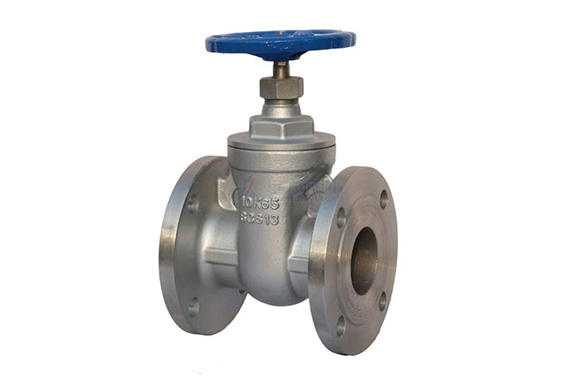
A gate valve is a type of control valve that either lets media flow freely through or shuts off the flow of fluid. The fundamental benefit of a gate valve is the clear channel that runs right through it, which results in very little pressure loss over the valve. According to gate valve suppliers, in contrast to butterfly valves, a gate valve’s unblocked bore allows a pig to pass through when cleaning pipes.
Gate valves should only be used in the fully open or closed position, not to control the flow, as they operate more slowly than quarter-turn valves. Since gate valves are normally used sparingly, manual gate valves are more economical than automated gate valves with either an electric or pneumatic actuator. Sluice gate valves are another name for gate valves that are frequently used.
Advantage of Gate Valve
- Affordable choice for on/off control.
- Multidirectional.
- Offer the media flow with little resistance.
Disadvantage of Gate Valve
- Cannot manage the persistent flow of media in a partially open position, making it unsuitable for controlling media flow.
- May result in a water hammer.
- Leak prone: less durable.
Globe Valve Vs Gate Valve
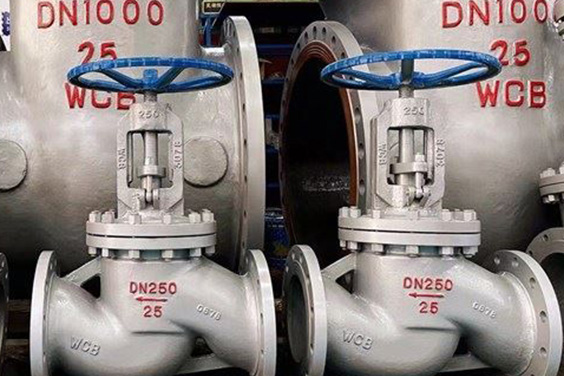
1. Working Principle
The valve stem is lifted each time the globe valve opens and closes, thus while the handwheel is turned, the handwheel also spins and elevates the valve stem. The handwheel’s position does not change while the gate valve turns the handwheel to move the valve stem up and down.
There are only two possible states for the gate valve: fully open or fully closed. The globe valve’s valve plate moves considerably more quickly and will cease moving at a certain point while moving, compared to the gate’s very large opening and closing strokes and lengthy opening and shutting times. One difference is that it is used to modify flow, whereas the gate valve can only be used to shut off and serves no other use.
2. Struction
The structural distinction between a gate valve and a globe valve is another. One of the key distinctions between the two is this. The globe valve is far more complicated than the gate valve, which has a straightforward design. The top of the body houses a large portion of a gate valve’s internal parts. They could have a stem that rises or doesn’t. The body becomes hollow when the valve is opened. The low-pressure drop is caused by this body configuration.
Globe valves, on the other hand, have a complicated structure because their internal components are located inside the cavity. They have a stem that rises. A globe valve’s primary function is to give positive shut-off and throttle. Additionally, the flow direction and flow velocity can be changed using globe valves, leading to significant pressure drops.
3. Isolation
The gate valve performs the same task in both directions. The medium can flow in either direction without changing the installation’s intake and outflow directions.
The position provided by the arrow on the stop valve’s body must be followed exactly while mounting the valve. The position of the stop valve’s inlet and outlet is similarly subject to a straightforward stipulation.
4. Application
The flow can be opened, closed, or throttled using the globe valves. The gate valve, in contrast, can only be utilized for fully open or fully closed services. For services where a very minimal pressure loss is important, gate valves are perfect. For applications where a significant pressure loss is not an issue, globe valves are perfect.
The primary distinction between a gate valve and a globe valve is that the former is a multidirectional valve, while the latter is unidirectional.
5. Function
A globe valve and a gate valve differ primarily in their purpose. Both of them have many uses in various applications. A globe valve has the ability to alter the flow rate and flow direction, as was previously stated. A gate valve cannot regulate the flow rate in this scenario.
Gate valves are designed to isolate the fluid and are one-way valves. In the half-open position, it cannot withstand the fluid pressure flowing. Globe valves, on the other hand, work best in the half-open position to manage the pressure of the flowing fluid. They are regarded as one of the best valves for throttle flow as a result.
6. Pressure Drop
The globe valve’s primary drawback is that it has a higher pressure drop than the gate valve. This is due to the fact that the gate valve’s internal parts are fitted inside the valve cavity. The valve cavity doesn’t hollow out as the globe valve is switched on. A high-pressure drop results from this.
On the other hand, the gate valve’s internal components are situated on the valve body. As a result, the gate valve body becomes hollow as it opens, allowing flow to travel through the valve with ease. The globe valve has a low-pressure drop as a result.
7. The Thickness of The Valve Disc
The gate disc on the gate valve is extremely thin. A globe valve plug is not as thick and rigid as this gate disc. The gate disc may become out of alignment with its seat when the fluid is being throttled through the gate valve. As a result, you cannot throttle flow using gate valves. If you use it for throttle flow, it will quickly become damaged and have a short lifespan.
8. The Thickness of The Valve Disc
The flow could be stopped and adjusted using the shut-off valve. The globe valve has a relatively high fluid resistance and requires greater effort to open and close; nevertheless, because there is little space between the valve plate and sealing surface, there is little opening and closing stroke.
It was only possible to fully open and close the gate valve. The flow resistance of the fluid in the valve body path is virtually nil once it is fully opened, making opening and shutting the gate valve very labor-efficient; nevertheless, because the gate is far from the sealing surface, the opening and closing times are lengthy.
9. Sealing Surface
You must first evaluate the sealing surfaces of both valves to determine how well gate valves and globe valves seal the media. A trapezoid-shaped sealing surface runs the length of the valve core on globe valves. It fits with the valve closing when the core is detached. The valve core, on the other hand, seals the gate valve, making it more efficient than a globe valve.
Gate valves are a great choice to connect with globe valves for media flow upstream because they also have strong shutdown capabilities. The seat and sealing surface of a gate valve rub against one another when it is opened and closed, causing significant wear and tear. Globe valves typically survive longer than gate valves because of this.
The valve seat sealing surface is easily worn because it constantly comes into touch with the valve core and rubs against it when the valve is opened and closed. The pressure differential between the front and back of the pipeline is high when the gate valve is almost closed, which exacerbates the wear on the sealing surface.
10. Maintenance
Regular valve inspection is necessary for both. You should inspect the glands and the gate valve installation sites for damage in the case of globe valves. When not in use on a regular basis, you should cycle both valves and clean away the accumulation of filth, dust, and dirt on the exterior and inside of them.
The gate valve can be taken apart by first removing the body and stem, then the gate. Use silicone tapes for gate valve installation as well. Select a valve with the least amount of leakage possible because leakage strongly correlates with maintenance issues.
11. Cost
The difference between a gate valve and a globe valve could change from what we can expect depending on the gate or globe valve you choose. However, generally speaking, gate valves are far less expensive than globe valves of the same size and construction. The main reason for this is that globe valves have more parts than gate valves, like an actuator or a poppet.
In addition, if you’re working with delicate industrial applications, the additional cost can simply provide the security or confidence you need.
How to Choose: Globe Valve Vs Gate Valve
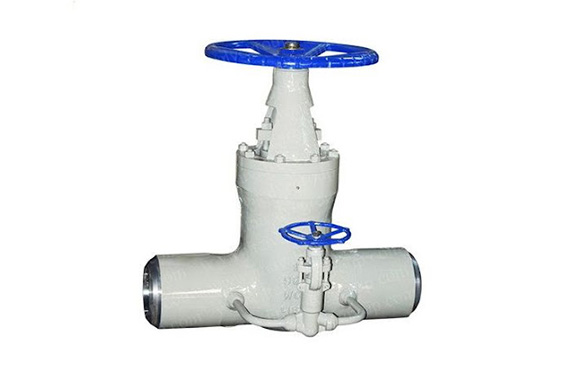
Globe valves are newer, while gate valves may even be referred to as forerunners. Globe valves employ a moveable plug to open, close, and regulate the flow of media through them as opposed to gate valves, which use a wedge-shaped gate to allow or stop the flow of media.
The gate valve isn’t superior to the globe valve when comparing the two unless you’re seeking a very small amount of leakage, and vice versa if you’re interested in throttling. Both valves have advantages and disadvantages. For instance, unlike the rising stem of globe valves, gate valves may have a rising or non-rising stem. The latter is better for throttling than the former. Globe valves have a plug that goes up and down and is higher than the globe variety, whereas gate valves have a disc that moves parallel.
Gate valves are installed differently than globe valves because, unlike the latter, which have unidirectional characteristics, the former can change the direction of the medium. Gate valves don’t have any media resistance, whereas globe valves do have significant media resistance.
While the two operate differently, globe valves are easier to fix or diagnose than gate valves. In contrast to gate valves, which are simple to operate, the latter also eats up torque. Gate valves, however, outperform globe valves in terms of sealing power.
Conclusion

That concludes our discussion of the distinction between a gate valve and a globe valve. Although these two valves appear to function similarly, they actually perform very differently. The same holds true for gate and globe valves. Contact Sio Valve if you’re looking for a supplier of industrial valves, they are gate valve as well as globe valve suppliers.


